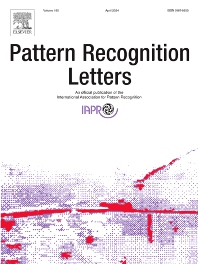Journals in Artificial intelligence general
Journals in Artificial intelligence general
- ISSN: 0020-0255
Information Sciences

- ISSN: 0888-613X
International Journal of Approximate Reasoning

- ISSN: 1071-5819
International Journal of Human-Computer Studies

- ISSN: 1047-3203
Journal of Visual Communication and Image Representation

- ISSN: 0950-7051
Knowledge-Based Systems

- ISSN: 0893-6080
Neural Networks

- ISSN: 0925-2312
Neurocomputing

- ISSN: 3050-4759
Next Research

- ISSN: 0031-3203
Pattern Recognition

- ISSN: 0167-8655
Pattern Recognition Letters
